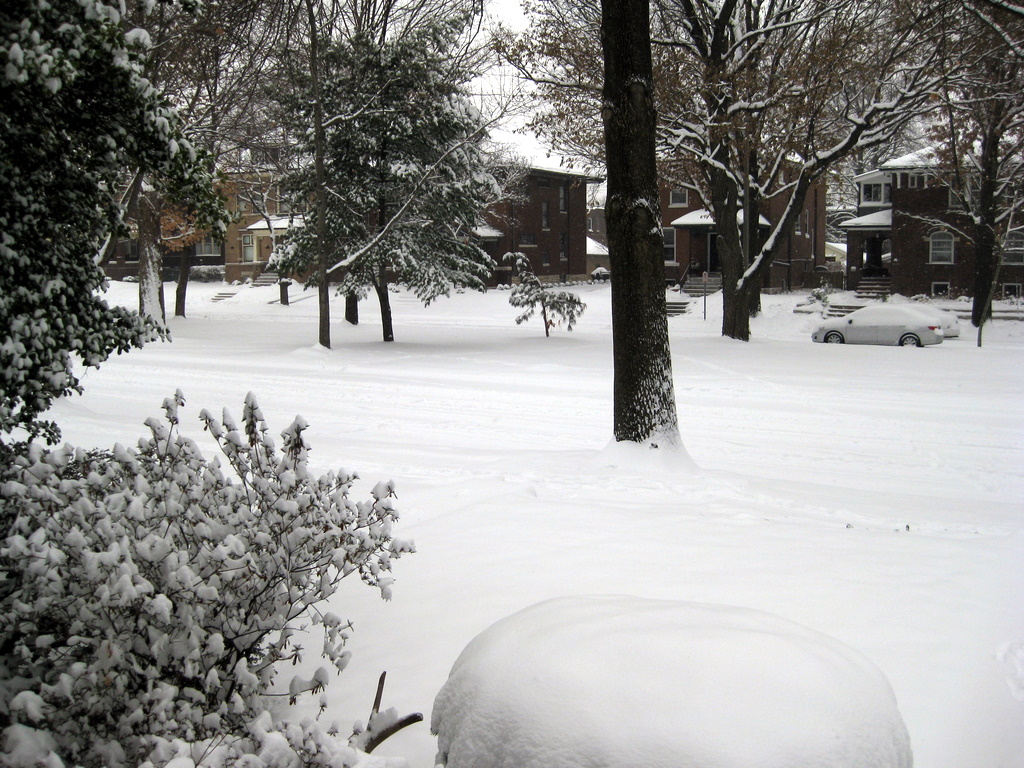Mind over matter, right? When your body aches and begs to stop running, you tell it to keep moving. When your body wants to go to sleep, you exert the will to make it to stay awake, or you make its arms pour coffee into its mouth. We make our bodies drive our cars to work lest those utility bills don’t get paid and “We” will suffer the consequences.
Nietzsche began Chapter V of the Gay Science with the following quote as an illustration of his own conception of fearlessness (attributed to Henri de la Tour d’Auvergne, Vicomte de Turenne (1611-75) a great French general):
Sometimes during a battle he could not help trembling. Then he talked to his body as one talks to a servant. He said to it: “You tremble, carcass; but if you knew where I am taking you right now, you would tremble a lot more.”
“We” are in charge, right? Except when we are not. I can think of no better example than when we are nauseated, and our body dramatically takes over, the reverse peristalsis hurling out the offending food, dominating even our minds, until it’s over. Only then can “we” take over again. Consider food traveling in the other direction, too. So many of us tell our bodies to stop eating, yet our bodies keep eating. Day after day. We remind it to look in the mirror and we tell it about our tighter-fitting clothes, yet our bodies don’t care.

